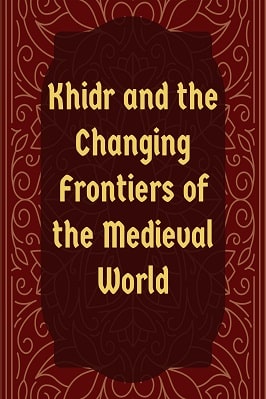
| Book Title | Khidr And The Changing Frontiers Of The Medieval World |
| Book Author | |
| Total Pages | 27 |
| Book Views | |
| Language | English |
| Book Download | PDF Direct Download Link |
| Get Hardcover | Click for Hard Similar Copy from Amazon |
Khidr and the Changing Frontiers of the Medieval World by Ethel Sara Wolper
KHIDR AND THE CHANGING FRONTIERS OF THE MEDIEVAL WORLD
Study Abstract
This study examines the role of the legendary Muslim prophet Khidr in the conversion of sacred sites in the changing frontier zones of the medieval Islamic world.
It argues that Khidr, the elusive figure of immortality and esoteric knowledge, played a crucial role in the reformulation of medieval Islamic frontier zones, places where diverse populations came into contact with each other.
Khidr’s visits to a number of mosques, tombs, and dervish lodges are recorded in local legends and usually marked by inscriptions and/or the prominent display of spolia.
The earliest reports of Khidr visits to buildings describe sites in Iraq, the Hijaz, Egypt, Syria, and Palestine, and coalesce around such traumatic events as the Crusader conquests and the wars with Byzantium.
As a figure who was able to travel great distances in short periods of time, Khidr became known for daily prayer circuits that included prayers at major monuments in Mecca, Jerusalem, and, depending on the time period, Cairo, Tunis, and Constantinople.
Descriptions of Khidr praying at newly converted sites cast these buildings in a new series of associations with each other to create new sacred geographies. After the eleventh century, local Muslim and Christian audiences in the medieval Middle East and Asia Minor began to identify Khidr with a number of Christian saints, such as St. George, St. Theodore, St. Behnam, and St. Sergius.
This period was marked by great political instability and the shifting of frontiers. New patrons of architecture supported an increasing number of Khidr buildings along these frontiers as a way to underline the local sanctity of a site while linking them to other newly converted and previously established Muslim shrines.
To read more about the Khidr And The Changing Frontiers Of The Medieval World book Click the download button below to get it for free
Report broken link
Support this Website
 Don't Miss out any Book Click Join OpenMaktaba Telegram group
Don't Miss out any Book Click Join OpenMaktaba Telegram group